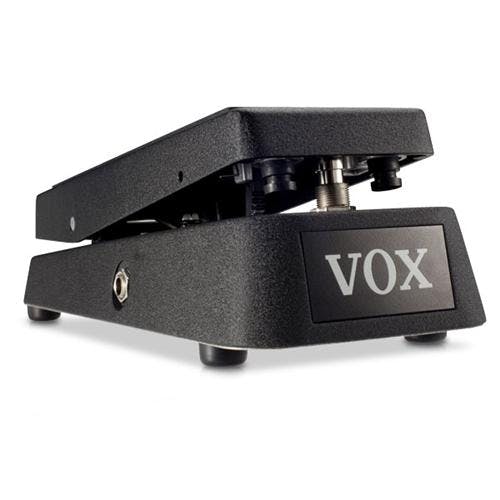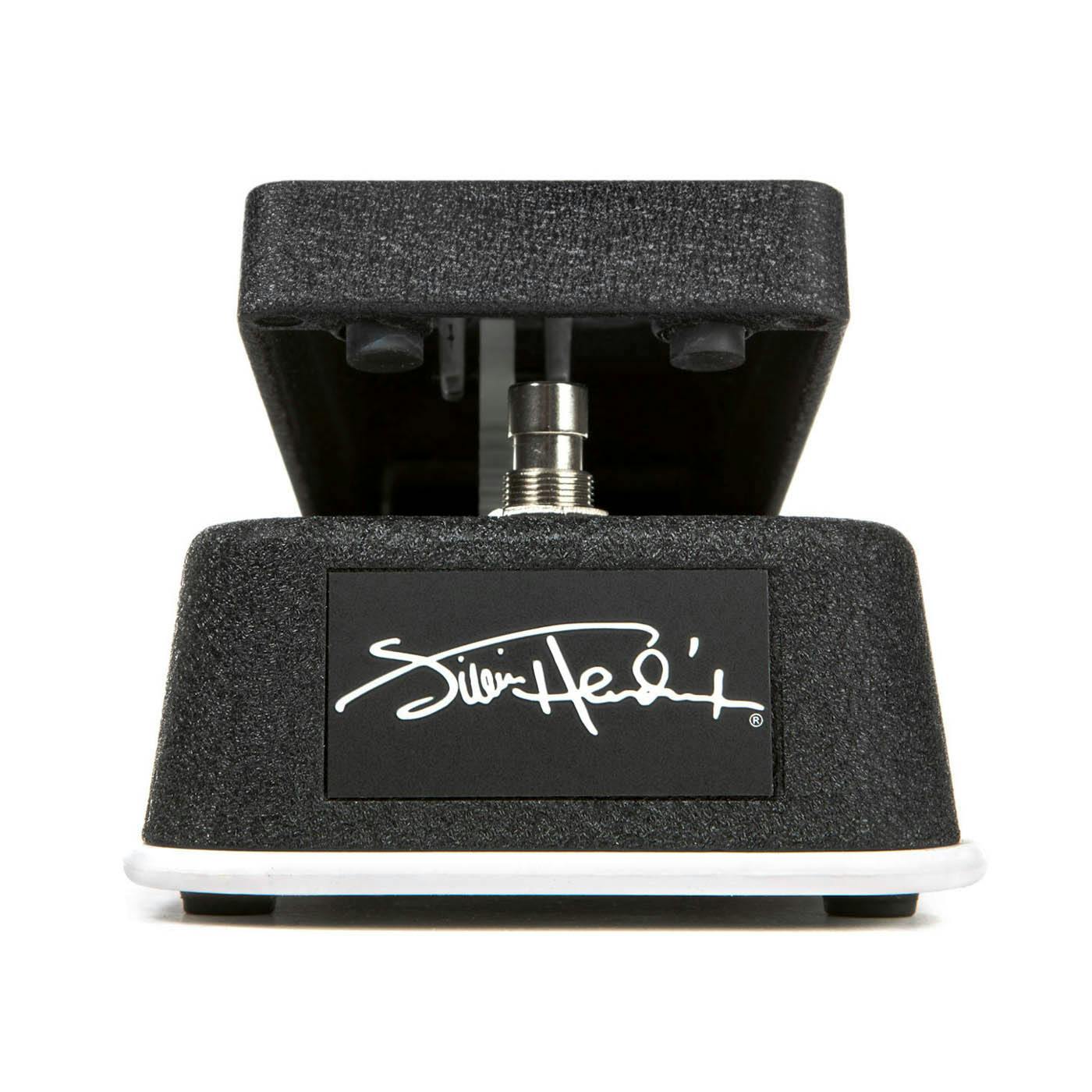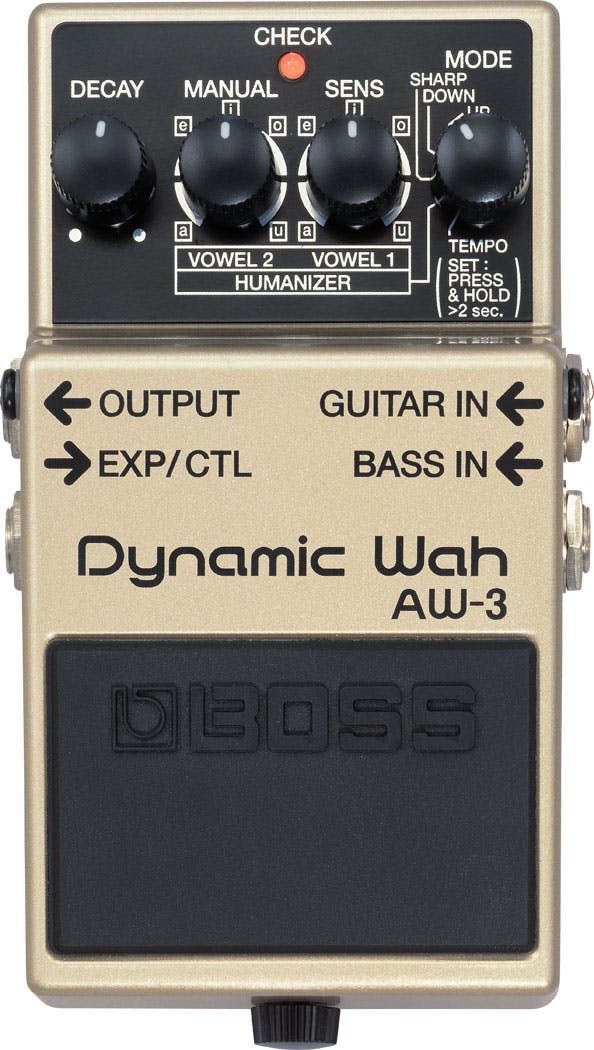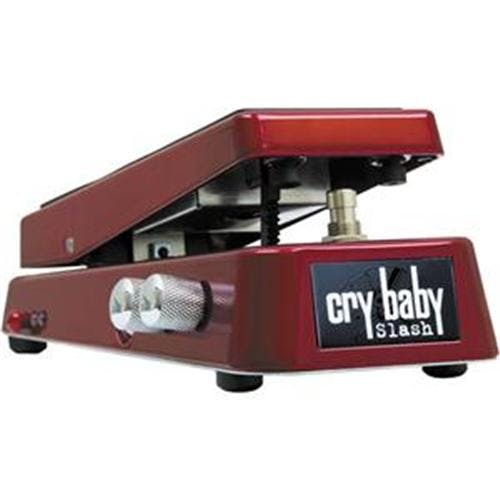just a load of Wah Video – Expectation VS Reality | Wah Pedal |
Wah Video – Expectation VS Reality | Wah Pedal |
LEKATO Wireless Page Turner Pedal External Page Tuner Pedal Wireless for LEKATO Loop Pedal with Multi Loops Control and Smartphones Tablets with Andriod System Free Your Hand
£28.99
✨Free Your Hands : Using the external pedal for loop station switching no need switch of the loop with you hand. Let you enjoy your own fun.It can be also used to tune the page of music score simply stepping on the pedal while playing. ✨Durable & Sta… read more
BOSS Bd-2 Blues Driver Guitar Effects Pedal
£105.00 £89.00
The BD-2 Blues Driver delivers the creamy, yet crunchy sound associated with great blues guitar. This popular pedal provides instant access to the kind of warm overdrive and emotive distortion usually reserved for 30-year-old tube amps. Classic "blue… read more
SONICAKE Passive Volume Pedal Mini Expression Guitar Effect Pedal 2 in 1 Vexpress
£42.00 £35.99
Passive Volume Control/Expression Control 2 functions in 1 Pedal. Automatically Detect the Functionality (Volume or EXP Control). Working with Guiar, Bass, Keyboard, Synthesizer, Workstation, Controller, etc. Working without Battery or Pedal Power Su… read more
Behringer VINTAGE DELAY VD400 Vintage Analog Delay Effects Pedal, Grey
£20.90
Authentic Analog Delay: Experience true Bucket Brigade-style delay with up to 300 ms of vintage echo that captures the classic 1960s studio sound Superior Noise Reduction: Enjoy clear, rich delay tones thanks to a top-notch noise reduction circuit th… read more
BOSS RC-5 Loop Station — modern, compact looper with first-class sound quality, 99 phrase memories, 57 rhythms and optional MIDI control. Perfect for guitar, bass, electroacoustic
£215.00 £159.00
1 piece BOSS pedals are delivered ex works with a battery attached, so the available power may vary. With the pedal, the circuit is activated as soon as a 6.35mm (mono) jack cable is plugged into the output jack. Regardless of whether the pedal is ac… read more
Behringer COMPRESSOR/SUSTAINER CS400 Ultimate Dynamics Effects Pedal, Green
£24.99
Smooth, Consistent Tone: Compress dynamic range by softening peaks and boosting quieter signals, ensuring every note maintains steady, velvety sustain Precise Control: Dial in the perfect compression with dedicated Attack, Sustain, Level, and Tone co… read more




















